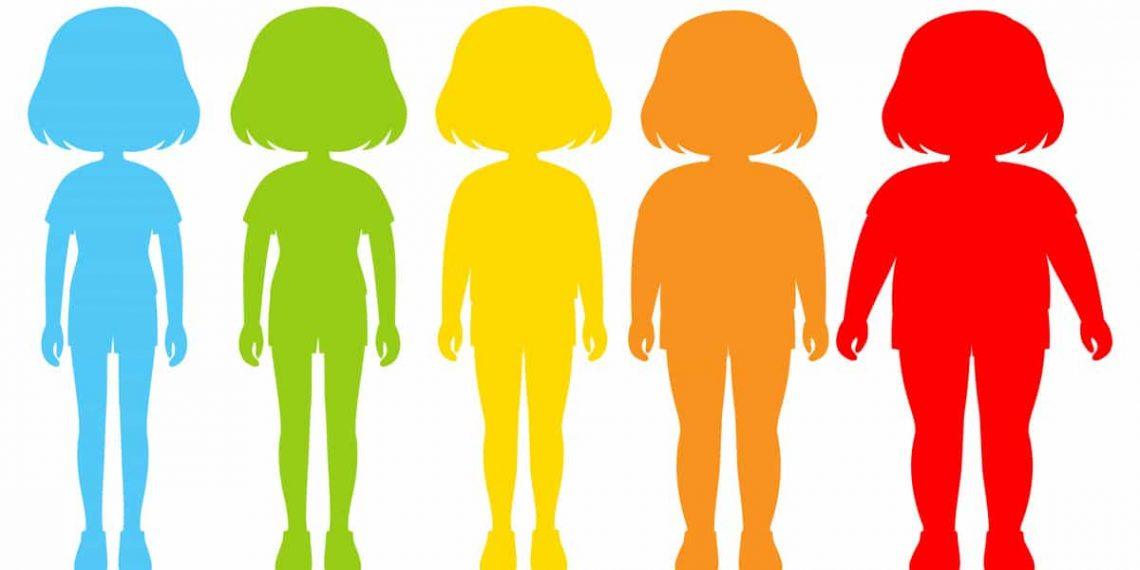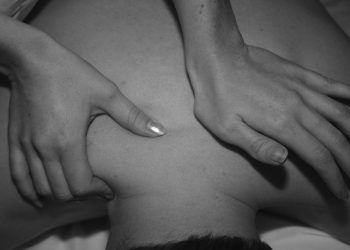Contents
- Let’s talk about the ideal body fat percentage.
- What Is Body Fat and Why It Matters
- 1. There’s No One-Size-Fits-All Number
- 2. Body Fat Percentage Trumps the Scale
- 3. The Mirror Can’t Measure It
- 4. Too Low Is Just as Dangerous as Too High
- 5. Your Body Fat Tells the Truth About Your Lifestyle
- 6. Women Have Built-In Biological Buffers
- 7. Men Benefit From Staying Leaner — But Not Too Lean
- 8. You Can’t Spot-Reduce, But You Can Spot-Strengthen
- 9. Your Ideal Body Fat Percentage Will Shift Over Time
- Expert Tips to Reach Your Ideal Body Fat Percentage Naturally
- Bottom Line
- FAQs
Let’s talk about the ideal body fat percentage.
That phrase — ideal body fat percentage — gets tossed around like it’s a magic formula. But what does it really mean? Is it just another number on a fitness chart, or is it the quiet cornerstone of your health, energy, and longevity?
Let’s get one thing straight: this isn’t about chasing abs or squeezing into jeans. Understanding your ideal body fat percentage is about living longer, feeling better, and reclaiming control over how your body functions day to day.
What Is Body Fat and Why It Matters
Before we talk ideal, we need to talk truth.
Body fat is not the enemy.
In fact, your body needs fat to regulate hormones, insulate organs, and produce energy. The problem? Too much or too little fat can throw your entire system off balance.
That’s where the ideal body fat percentage comes in — a goldilocks zone that keeps your health in check and your body humming like it’s meant to.
1. There’s No One-Size-Fits-All Number
Your ideal body fat percentage isn’t the same as your best friend’s — or that fitness influencer’s on your feed.
For men, healthy body fat typically ranges between 10–20%, while for women, it’s 18–28%. Why the gap? Women naturally carry more fat for reproductive health and hormonal balance.
Average Body Fat Ranges by Age:
| Age Range | Women (%) | Men (%) |
|---|---|---|
| 20–39 | 21–32 | 8–19 |
| 40–59 | 23–33 | 11–21 |
| 60+ | 24–35 | 13–24 |
Source: American Council on Exercise (ACE)
Your ideal body fat percentage isn’t about vanity. It’s about vitality.
2. Body Fat Percentage Trumps the Scale
You could weigh 140 pounds and be lean and toned—or soft and sluggish. The difference? Body composition.
Muscle weighs more than fat, but takes up less space. That’s why two people with the same weight can look entirely different.
Focus on:
-
Measuring fat percentage instead of just weight
-
Tracking inches and strength, not just pounds
-
Getting body scans or caliper tests every few months
3. The Mirror Can’t Measure It
Let’s be honest—most of us use the mirror as our measurement tool. But eyeballing your ideal body fat percentage is like trying to guess the weather by staring at the sky.
Get accurate:
-
DEXA scans (best for precision)
-
InBody or Tanita scales
-
Skinfold calipers (affordable but less exact)
The closer you get to your ideal body fat percentage, the more you need hard data—not just vibes.
4. Too Low Is Just as Dangerous as Too High
Yes, athletes and models can have fat percentages in the single digits. But that doesn’t mean you should.
Extremely low body fat disrupts:
-
Hormone levels (especially estrogen/testosterone)
-
Energy and immune function
-
Mental focus and mood
Ideal doesn’t mean lowest. It means optimal.
5. Your Body Fat Tells the Truth About Your Lifestyle
It’s not just about food and fitness — though those matter. Your sleep, stress, hormones, and even past dieting can all affect your ideal body fat percentage.
Want real results?
-
Prioritize deep sleep
-
Balance cortisol by managing stress
-
Cycle your calories instead of chronically restricting
-
Incorporate resistance training, not just cardio
6. Women Have Built-In Biological Buffers
Women store fat more easily around the hips, thighs, and buttocks — and it’s not just for aesthetics.
That fat fuels reproduction, protects bones, and powers female hormones. Trying to get your body fat too low can backfire in big ways, from missing periods to losing bone density.
Smart goals:
-
Athletic female: 16–20%
-
Fit female: 21–24%
-
Healthy range: 25–28%
Your ideal body fat percentage should support your femininity, not erase it.
7. Men Benefit From Staying Leaner — But Not Too Lean
Men naturally carry more muscle and less fat. But push too far below 10%, and you could face:
-
Lower testosterone
-
Energy crashes
-
Weakened immunity
-
Loss of libido
Ideal male ranges to aim for:
-
Athletic male: 8–12%
-
Fit male: 13–16%
-
Healthy range: 17–20%
The sweet spot? Lean enough to thrive, not suffer.
8. You Can’t Spot-Reduce, But You Can Spot-Strengthen
Doing 100 crunches won’t magically shrink belly fat. But strength training the whole body does increase lean muscle, which helps lower your body fat percentage over time.
The magic combo:
-
Strength training 3–5x/week
-
Balanced protein intake
-
Walking daily for low-stress fat burn
-
High-intensity interval training (HIIT) sparingly
9. Your Ideal Body Fat Percentage Will Shift Over Time
This is not a static goal.
-
In your 20s, you may thrive at 18% (women) or 10% (men)
-
In your 50s, you may feel better at 24% or 17%
-
After menopause or andropause, your body recalibrates again
Health, not ego, should set the target.
Expert Tips to Reach Your Ideal Body Fat Percentage Naturally
- Eat real food — cut out ultra-processed stuff and focus on nutrient-dense meals
- Lift weights — muscle burns more calories at rest
- Sleep 7–9 hours a night — yes, it affects fat loss
- Reduce sugar and alcohol — they sabotage hormones and recovery
- Don’t obsess over macros — balance matters more than micromanagement
Bottom Line
Your ideal body fat percentage is the result of balance — not restriction. It’s your body’s personal blueprint for optimal energy, hormonal harmony, and long-term health.
Forget the fads. Listen to your body. Fuel it well. And let fat be a friend, not a foe.
Ready to feel better in your own skin? Start by learning what your numbers are — and go from there, one intentional step at a time.
FAQs
What is the most accurate way to measure body fat?
DEXA scans are considered the gold standard, followed by InBody machines and skinfold calipers.
Is BMI the same as body fat percentage?
No. BMI only considers height and weight, not body composition.
Can you be skinny and have a high body fat percentage?
Yes. It’s called “skinny fat” — where muscle is low and fat is high despite normal weight.
Should women try to get under 15% body fat?
Unless you’re a professional athlete under medical supervision, it’s not recommended. Too low can harm your health.
Nothing is more attractive than someone who takes care of themselves from the inside out. Keep going — your healthiest self is closer than you think.
Get Your FREE Natural Health Guide!
Subscribe now and receive our exclusive ebook packed with natural health tips, practical wellness advice, and easy lifestyle changes — delivered straight to your inbox.


















